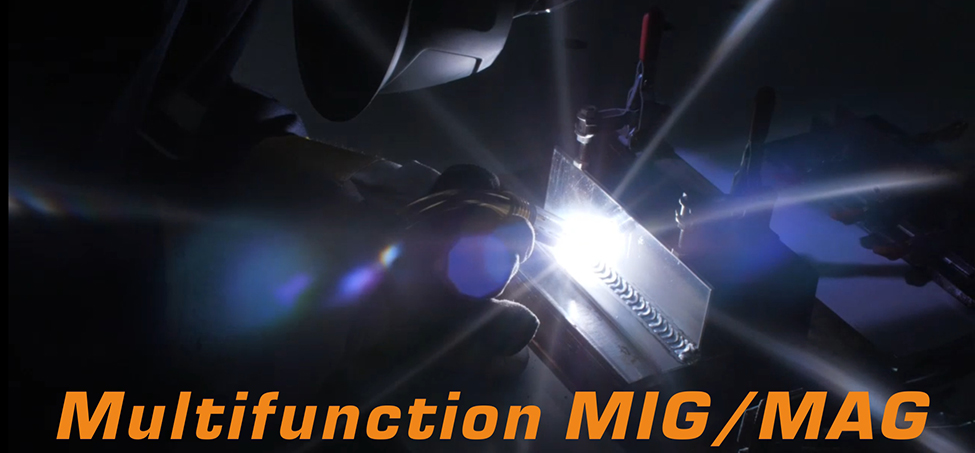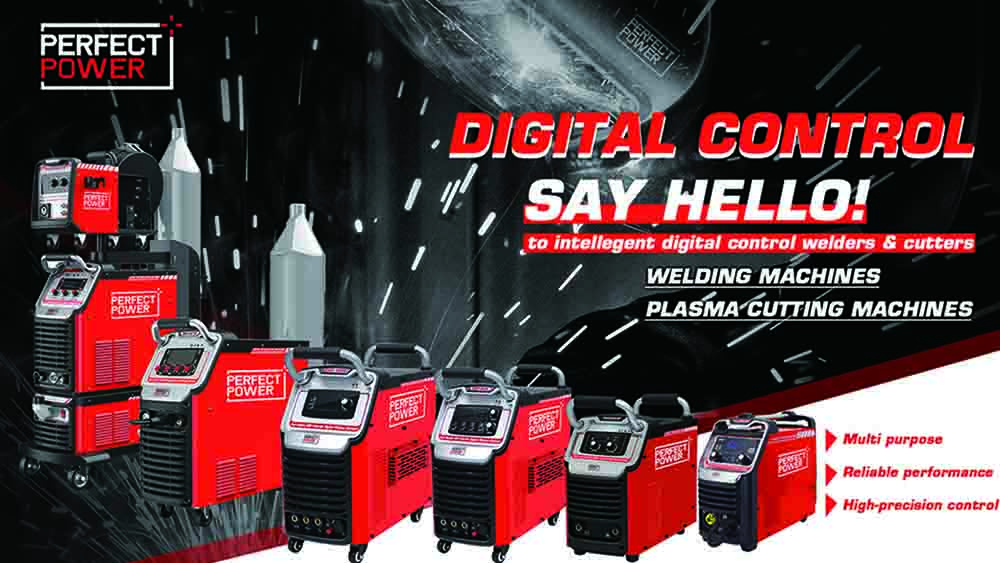MIG stands for Metal Inert Gas Welding or as named by the American Welding Society, Gas Metal Arc Welding (GMAW). To not overcomplicate things, many people just refer to it as wire welding.
Wire welding (aka MIG and GMAW) was first invented in the 1940s. Fast-forward 70 years and the general principles are very much the same. GMAW uses a DC current to create an arc of electricity between the wire electrode and the metals being welded, thus fusing them together.
Because the wire is continuously fed through the welding lead, welders even refer to it as a “hot glue gun”. As the previous reference indicates, wire welding is considered to be as easy as using a hot glue gun, which makes MIG the easiest welding method to learn as a beginner.

Although it is considered to be the easiest method to learn, there are still plenty of things you should know if you are planning to learn the MIG/GMAW process, and this is the right place to start. In this section, you are going to find out most of the essential things you need to know, from the best welders on the market, to how you should set up your MIG welding machine, to best practices on how to improve your weld quality so it looks truly professional.
Why MIG Welding is popular?
It is very cost-effective and is a high productivity process.
It is efficient for multi-pass welding.
As compared to stick welding, MIG welding requires fewer operator skills.
MIG welding can be used for the welding of various types of metals and alloys.
The absence of a slag cover on the weld bead means minimal post-weld clean-up is required.
With the right parameters and equipment, you can carry out welding in all positions.
It is possible to acquire deep weld penetration
The occurrence of defects on starts and stops is minimized by a continuously fed electrode.
As compared to stick welding, MIG welding offers higher welding speed and weld metal deposition rates.
As compared to stick welding, the fume rates of MIG welding are low levels.
It is an ideal technique for mechanized welding.
It is possible to produce welds fast without any defects.
You can find various filler metal compositions and diameters for welding both thick and thin materials.
Limitations of MIG Welding
MIG welding can be more costly in some cases depending on the shielding gas needed
The process is made quite difficult if the base metal is not clean or is rusting.
If the process parameters are not accurate, it might lead to a lack of fusion defects.
It might take time to replace the bottle of shielding gas and can get in the way while welding.
It is not usually as portable as some other methods of welding
Conclusion:
So, by now, we know that MIG welding has varieties of applications and you can use it to weld almost anything. Also, its uses and applications are bound to increase in the upcoming years, since it is predicted that there will be an increase in construction and maintenance.


